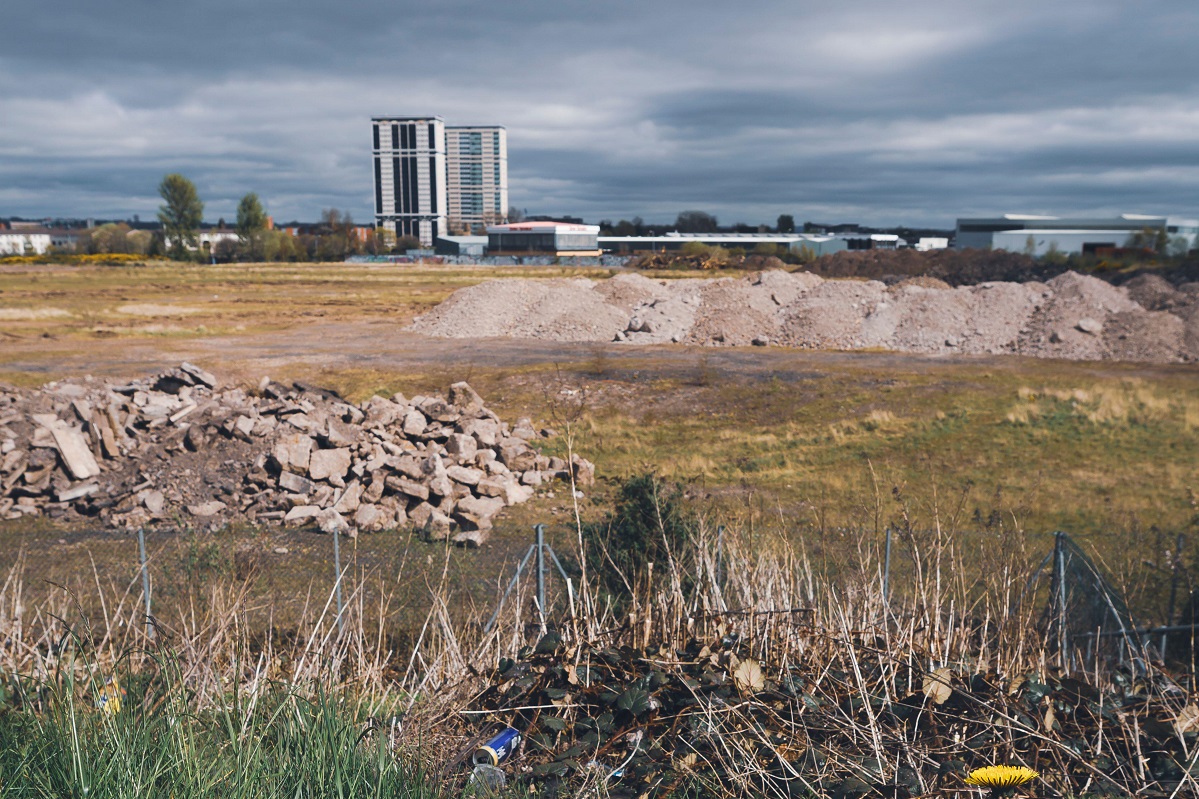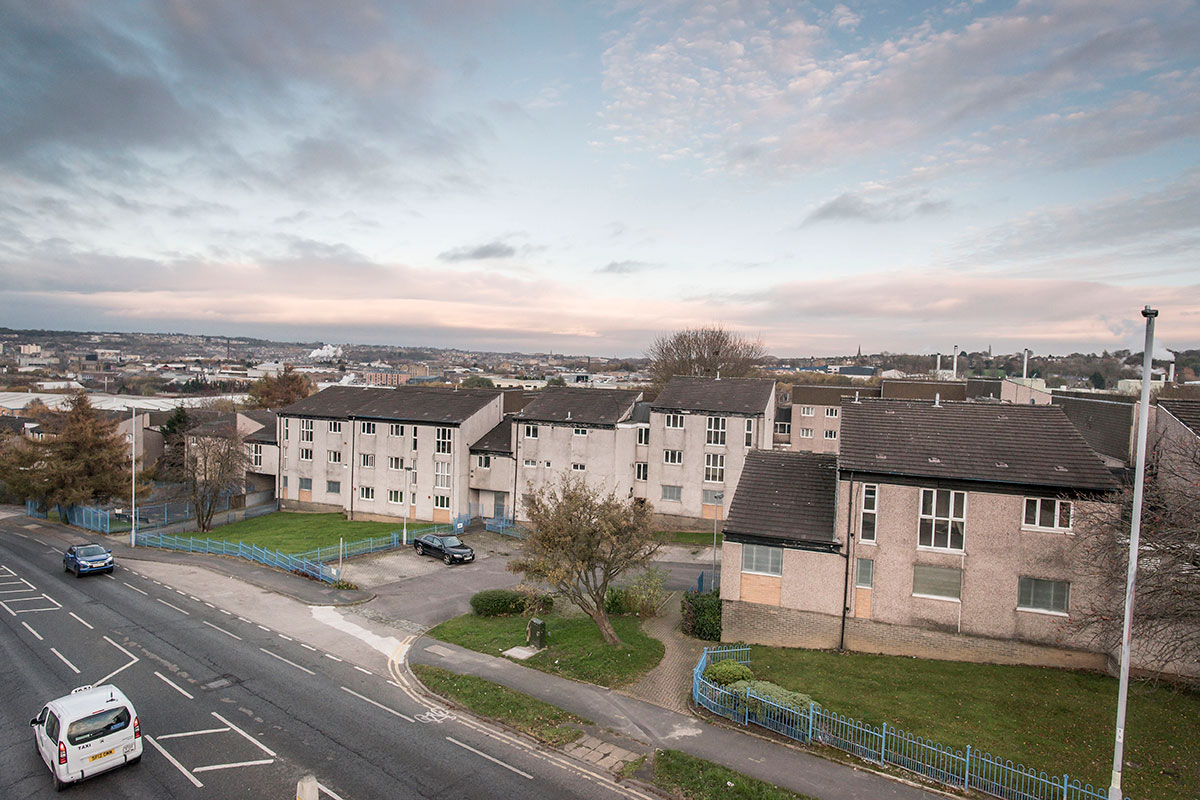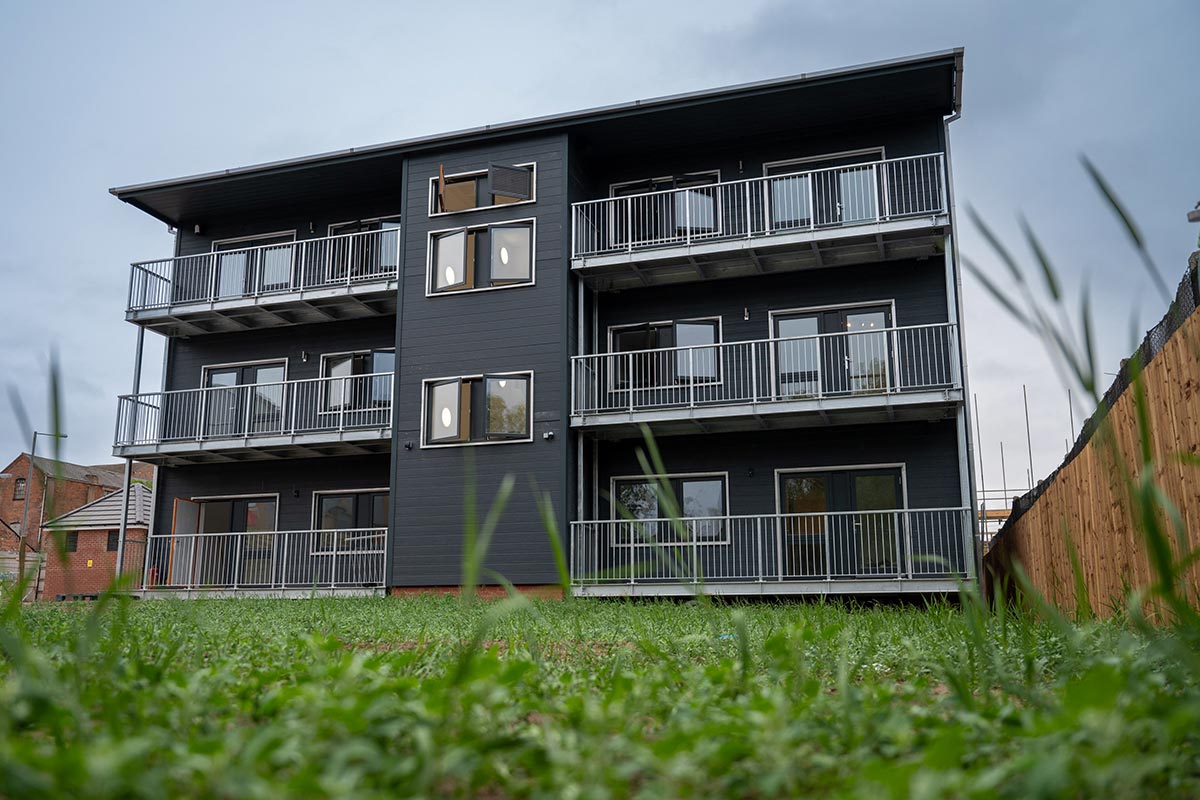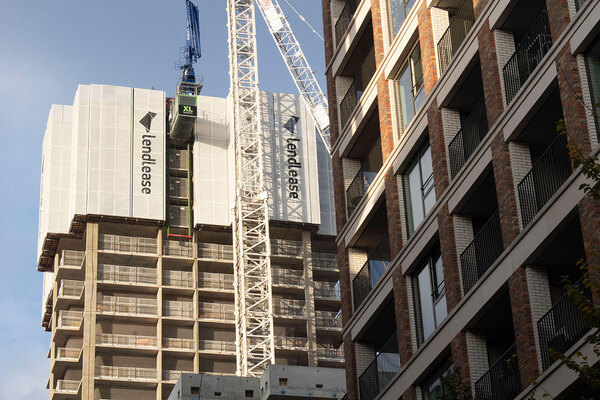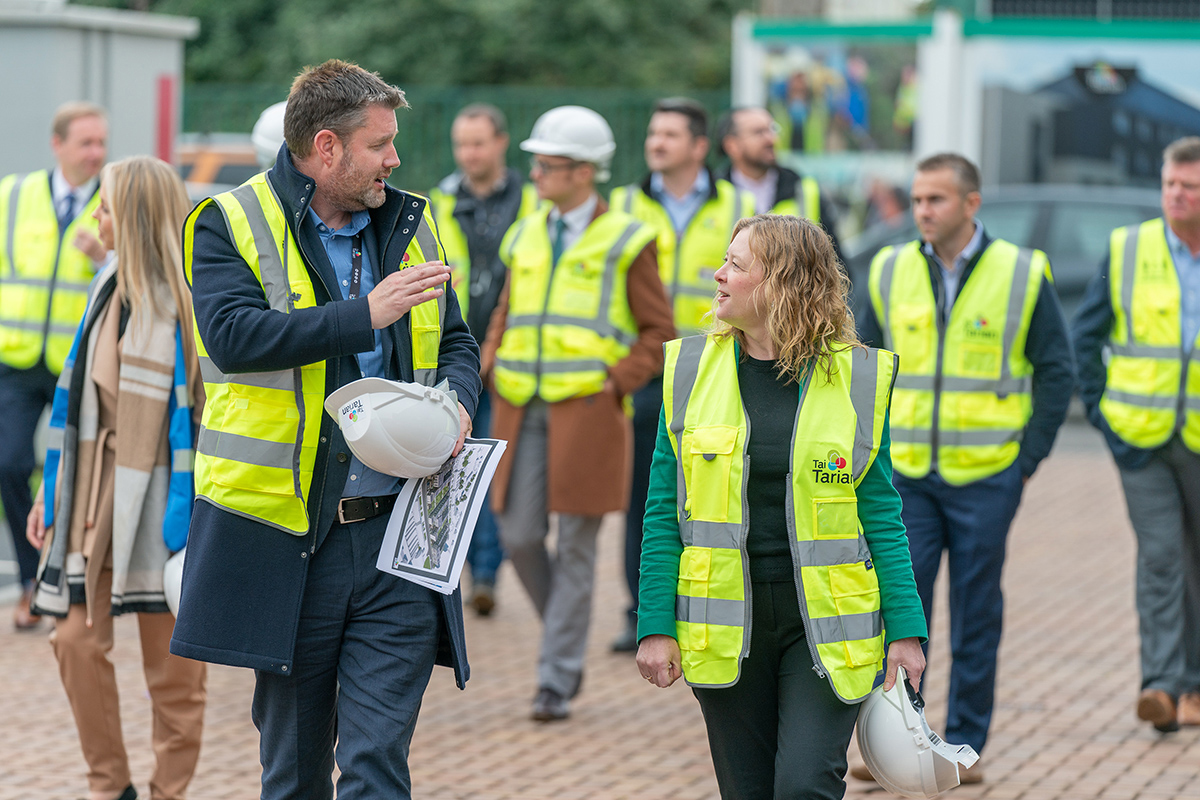You are viewing 1 of your 1 free articles

Tom Macartney is former director of the Gorbals, a Crown Street Regeneration Project
The Crown Street project in Glasgow is an example of how levelling up can be made to work
The regeneration of the Crown Street area of Glasgow provides a model that may assist with our vague ambitions around levelling up, writes Tom Macartney
This is the story of how a large derelict area of land, both strategically and politically sensitive, was regenerated in the Gorbals of Glasgow.
From its very beginnings in the early 1990s through to the current fully finished regenerated position, it has been an exemplar of getting regeneration done or, dare I say it, ‘levelling up’.
Several attempts had been made to regenerate the Gorbals area of Glasgow, to finally remove the historic stigma of poverty and deprivation.
In the 1960s, the Queen herself launched the brave new world of high rises and modernism in one of the largest urban renewal projects in Europe. It did not work and in the end, it was practically all demolished.
What to do next with this failed area was the question.
In 1990, a new project in the Gorbals was established by the Glasgow Development Agency (now called the Scottish Enterprise), and the first task was clear: get the local community on side. It was not an easy task as cynicism was running high.
The next major task was appointing a dedicated project director and prepare a masterplan.
The pieces of the ‘regeneration jigsaw’ came together and the initial aims of the Crown Street Project were agreed and published:
- Make the Gorbals a place where people want to live
- Give the Gorbals new meaning as a popular balanced urban community
- Assist in bringing new energy and growth to the economy of the Gorbals
- Build the new development into the social, economic and physical fabric of the existing community
- Provide solutions that stand the test of time.
These were guiding principles established for the project; today we might call them “levelling up”.
The masterplan was undertaken by London architect Piers Gough of CZWG. The vision and experience he brought created the old street patterns, modern four-storey tenement blocks, a mix of tenures, a mix of uses and a focus on the juxtaposition between public and private space.
The delivery of the project had seven interlinked elements:
- Public subsidy ‘pump primed’ the early developments
- The masterplan was well funded and properly organised
- A dedicated delivery team
- A dedicated and independent project director
- Infrastructure works were undertaken prior to individual developer phases
- Land values were fixed by the independent valuation – not through bids
- Site-wide landscaping was undertaken without direct cost to individual developers
The five lessons from the Crown Street Regeneration Project that might form part of a template for many current regeneration and levelling-up projects are:
- Control the land
- Produce a clear, well-funded and tested masterplan
- Secure community and political ‘buy-in’
- Appoint the best delivery executives available – leadership matters
- Build an independent board of senior regeneration executives
One additional factor that must now be included is ensuring that any regeneration is as close to net zero as possible.
Other developments have sprung out of the Crown Street Regeneration Project.
Most importantly, the regeneration of Queen Elizabeth Square and Laurieston. Both of these large, urban areas adjoin the Crown Street area and would not have happened without the success of the initial project.
Projects such as Crown Street are only part of the answer, but they can be the catalyst for change.
Tom Macartney, former director, The Crown Street Regeneration Project – The Gorbals
Sign up for our daily newsletter
Already have an account? Click here to manage your newsletters
